History of Blackmagic Design: Revolutionizing the World of Digital Film Production
Blackmagic Design, a name that carries weight in the world of digital film production, is recognized as an industry leader in the development of video editing software, digital film cameras, and color correctors. A champion of innovation and affordability, the brand has made its mark in the realm of visual storytelling by delivering high-quality, professional-grade equipment at prices that are accessible to a broader range of creators. The company's commitment to democratizing high-end film production speaks to its understanding of the evolving needs of today's filmmakers and the changing landscape of the industry at large. This narrative is the tale of a company that has consistently strived to bridge the gap between dreamers and their ability to tell compelling stories, without being hindered by prohibitive costs.
The Founding of Blackmagic Design
In the early 2000s, a seismic shift began to stir within the post-production industry, initiated by a man named Grant Petty. In 2001, Petty, a post-production engineer himself, identified the glaring gap in the industry - the lack of affordable, high-quality video editing tools. Inspired by his firsthand experience of the challenges faced by many in the field, he established Blackmagic Design with a vision to revolutionize the industry.
Petty's aim was not just to create another company offering post-production solutions. His ambition was far grander. He sought to create a brand that would disrupt the status quo by making professional-grade software and hardware solutions accessible to a much wider demographic. He envisioned a world where financial constraints would not stifle creativity and innovation, and thus, Blackmagic Design was born.
From its inception, Blackmagic Design was guided by this ethos, striving to deliver state-of-the-art, yet affordable tools for the post-production and television broadcast industries. In this endeavor, the company has not only succeeded but excelled, leading to its position today as a vanguard in the industry.
Innovations in Video Editing and Color Correction
In its early years, Blackmagic Design demonstrated a relentless commitment to innovation, which was evident in its initial product lineup. The company entered the market by focusing on video editing and color correction, two crucial facets of the post-production process.
DaVinci Resolve, one of Blackmagic Design's flagship products, stands as a testament to the company's visionary approach. Originally known only for its color correction capabilities, DaVinci Resolve has evolved into an all-encompassing post-production tool that includes advanced editing, visual effects, motion graphics, color correction, and audio post-production. It's an all-in-one software that caters to the diverse needs of editors, colorists, visual effects artists, and sound designers.
Another transformative product, DeckLink, revolutionized the industry with its high-quality capture and playback capabilities. It was an instant success because of its affordability and versatility, serving both Mac and Windows users. Today, it's a mainstay in many post-production houses around the world.
The impact of these innovations on the post-production industry was profound. Blackmagic Design had not just introduced new products; they had redefined what was possible within a given budget. The company leveled the playing field, allowing smaller studios and independent filmmakers to access tools that were once only within the reach of big-budget productions. This democratization of technology has spurred creativity and allowed for the creation of content that may not have otherwise been possible.
Entry into the Camera Market
Blackmagic Design's foray into the camera market marked a significant shift in the company's trajectory. The introduction of the Blackmagic Cinema Camera in 2012 took the industry by surprise. Known for their post-production software and hardware, the company's decision to produce a camera was unexpected but welcomed.
The Cinema Camera was a game-changer. It was one of the first cameras to offer 2.5K raw video recording at an affordable price point. This allowed independent filmmakers access to a level of image quality and post-production flexibility that was typically associated with much more expensive cinema cameras. The camera also featured a built-in SSD recorder and came bundled with a full version of DaVinci Resolve, further reinforcing Blackmagic Design's commitment to providing comprehensive, cost-effective solutions for filmmakers.
The company continued to build on the success of the Cinema Camera, launching subsequent models that continued to push the boundaries of what was possible at their price points. Notably, the Pocket Cinema Camera, introduced in 2013, delivered high-quality, raw, and ProRes recording capabilities in a compact, mirrorless-camera form factor. This camera was a hit among filmmakers, particularly those working on independent and lower-budget projects.
Blackmagic's camera line has since expanded to include a range of models, from the compact Micro Cinema Camera to the full-featured URSA Mini Pro. Each camera in the lineup adheres to the company's philosophy of delivering professional-quality features at an affordable price, continuing to democratize high-end film production.
The URSA Line of Cameras
Another significant stride in Blackmagic Design's journey was the launch of the URSA line of cameras. Introduced in 2014, the URSA cameras represented Blackmagic's most ambitious entry into the camera market at the time. They were designed to cater to a broad range of professional video production needs, delivering high-end features in a versatile, user-friendly design.
The original URSA was notable for its large form factor, which included a 10-inch flip-out monitor, dual 5-inch touchscreens, and multiple mounting points for accessories. It also featured a Super 35mm 4K sensor, global shutter, and internal raw and ProRes recording, making it a compelling option for high-quality video production.
However, it was the subsequent models in the URSA line, the URSA Mini and the URSA Mini Pro, that truly cemented Blackmagic's position in the professional video production industry. The URSA Mini, while retaining the high-quality sensor and recording options of the original URSA, came in a smaller, lighter design that was more suited to handheld and gimbal work.
The URSA Mini Pro took this a step further by integrating professional broadcast features, such as built-in ND filters, external controls, and optional SSD recording. This made it not only a capable cinema camera but also a viable option for broadcast and live production work. The URSA Mini Pro has seen several iterations, each improving on image quality, frame rate options, and other features.
The impact of the URSA line of cameras on the professional video production industry is undeniable. By offering professional-grade features at relatively affordable prices, Blackmagic Design has continued to challenge the status quo, pushing the boundaries of what's possible in video production. Their contribution has further solidified the company's reputation as a force to be reckoned with in the industry.
Blackmagic Design and the Broadcast Industry
Blackmagic Design's impact extends beyond the realm of digital film production and into the broadcast industry. One of their pivotal contributions to this sector has been the ATEM line of live production switchers. These versatile, feature-rich tools have helped to revolutionize live broadcasting by making professional-grade switching capabilities accessible to a wider range of users.
ATEM switchers come in a variety of formats, from compact, portable units perfect for on-the-go broadcasting, to larger, rack-mounted models designed for more complex, multi-camera productions. Their versatility and affordability have made them a popular choice for a broad spectrum of applications, from live streaming to television production.
A testament to Blackmagic Design's influence in the broadcast industry is the adoption of their equipment by major broadcasting companies and productions. For instance, ATEM switchers have been used in a variety of settings, from high-profile sporting events to concerts and live TV shows. Their cameras, too, have found a home in the broadcast industry, with URSA Broadcast and Studio Camera models being used for everything from news reporting to live event coverage.
Furthermore, Blackmagic Design's DaVinci Resolve software has become an industry standard for color grading, while also offering robust editing and audio post-production capabilities, making it a comprehensive post-production solution.
The integration of Blackmagic Design's products into these professional environments demonstrates the company's successful realization of its founding mission: to create high-quality, affordable solutions for video production and broadcasting. Their ongoing innovation continues to shape the industry, pushing the boundaries of what's possible in both film production and live broadcasting.
As we move forward, Blackmagic Design continues to assert its position at the forefront of the video production industry. The company has been consistently releasing new and improved versions of its core products, reflecting its dedication to innovation and its ability to adapt to changing industry needs.
One noteworthy recent innovation is the update to DaVinci Resolve. With each new version, Blackmagic Design introduces an array of features that further streamline the post-production process, such as more advanced color grading tools, improved editing features, and enhanced audio processing capabilities. These continual updates keep DaVinci Resolve competitive with other high-end post-production software and further cement its status as a comprehensive solution for editing, color correction, audio post-production, and now, with the introduction of Fusion, visual effects.
On the hardware side, Blackmagic Design has also been diligent in updating its camera lineup. Newer models of the Pocket Cinema Camera and the URSA Mini Pro demonstrate the company's commitment to providing filmmakers with high-quality, affordable cameras that don't compromise on features or performance. These cameras continue to push the boundaries of what's possible in their respective price brackets.
Looking ahead, it's clear that Blackmagic Design will continue to play a significant role in the evolving landscape of video production. As the industry trends toward higher resolutions, more complex post-production workflows, and the increasing democratization of film production, Blackmagic Design is well-positioned to lead the way with its innovative products.
However, speculating on the specifics of future advancements is a more challenging task. Given the company's track record, we might expect to see further improvements in areas like resolution, dynamic range, and color science in their cameras. As for DaVinci Resolve, we may see more advanced AI-driven tools, further streamlining of the post-production workflow, and tighter integration of the various modules within the software.
In the end, whatever direction Blackmagic Design chooses to take, it's clear that they will continue to have a profound impact on the video production industry, providing tools that empower creators and help bring their visions to life.
Check out also other brands
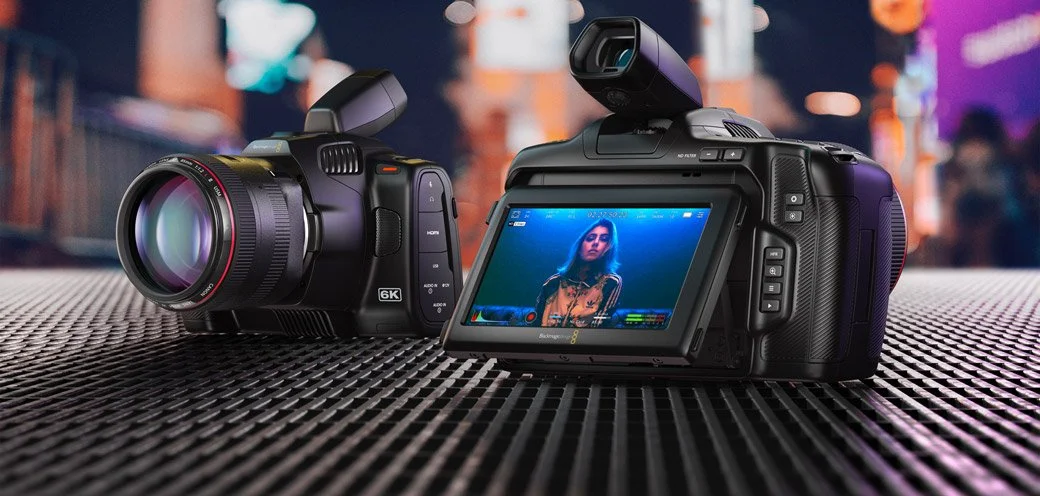




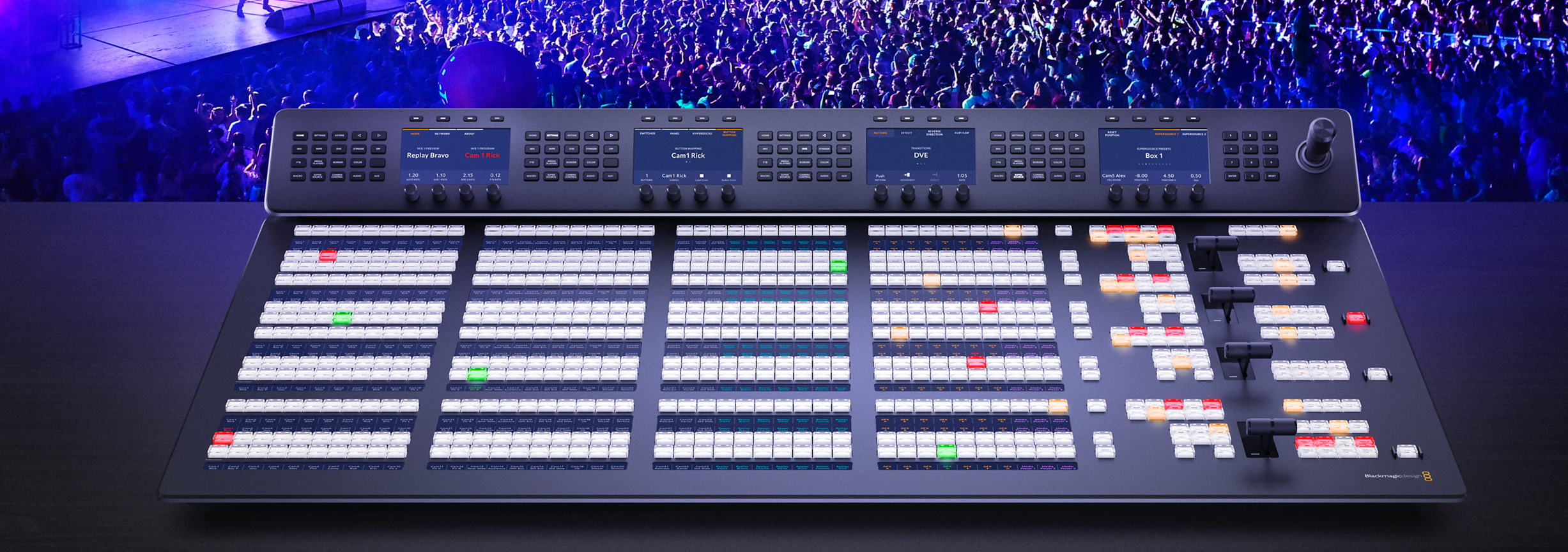

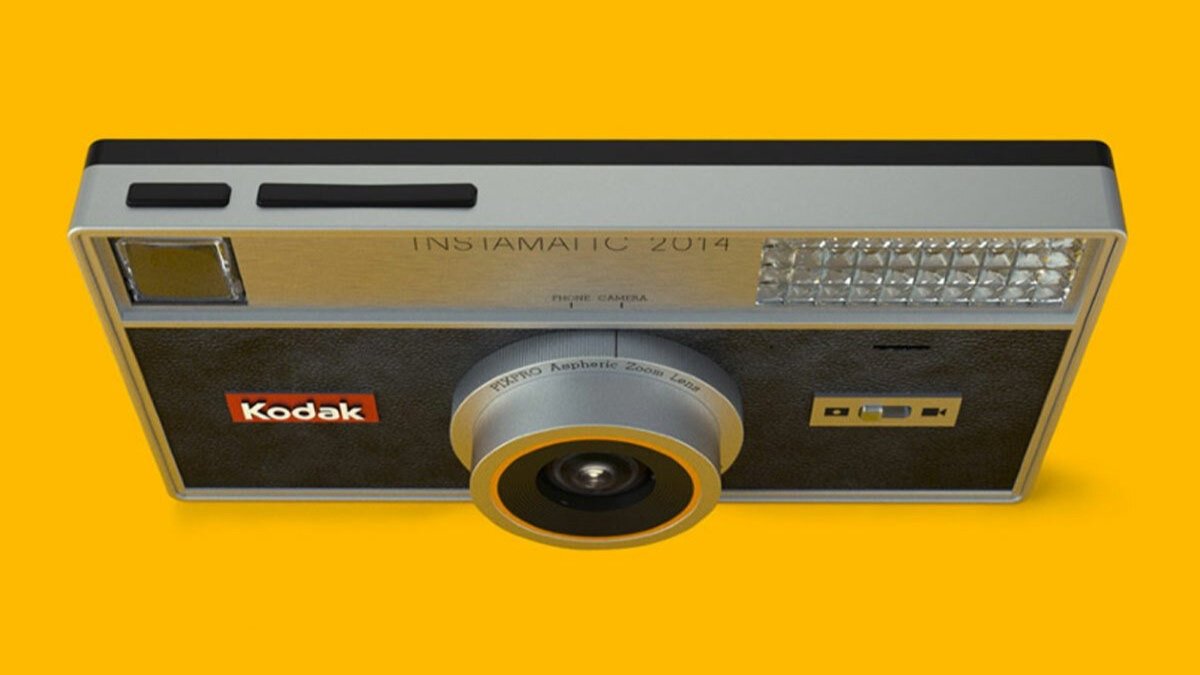


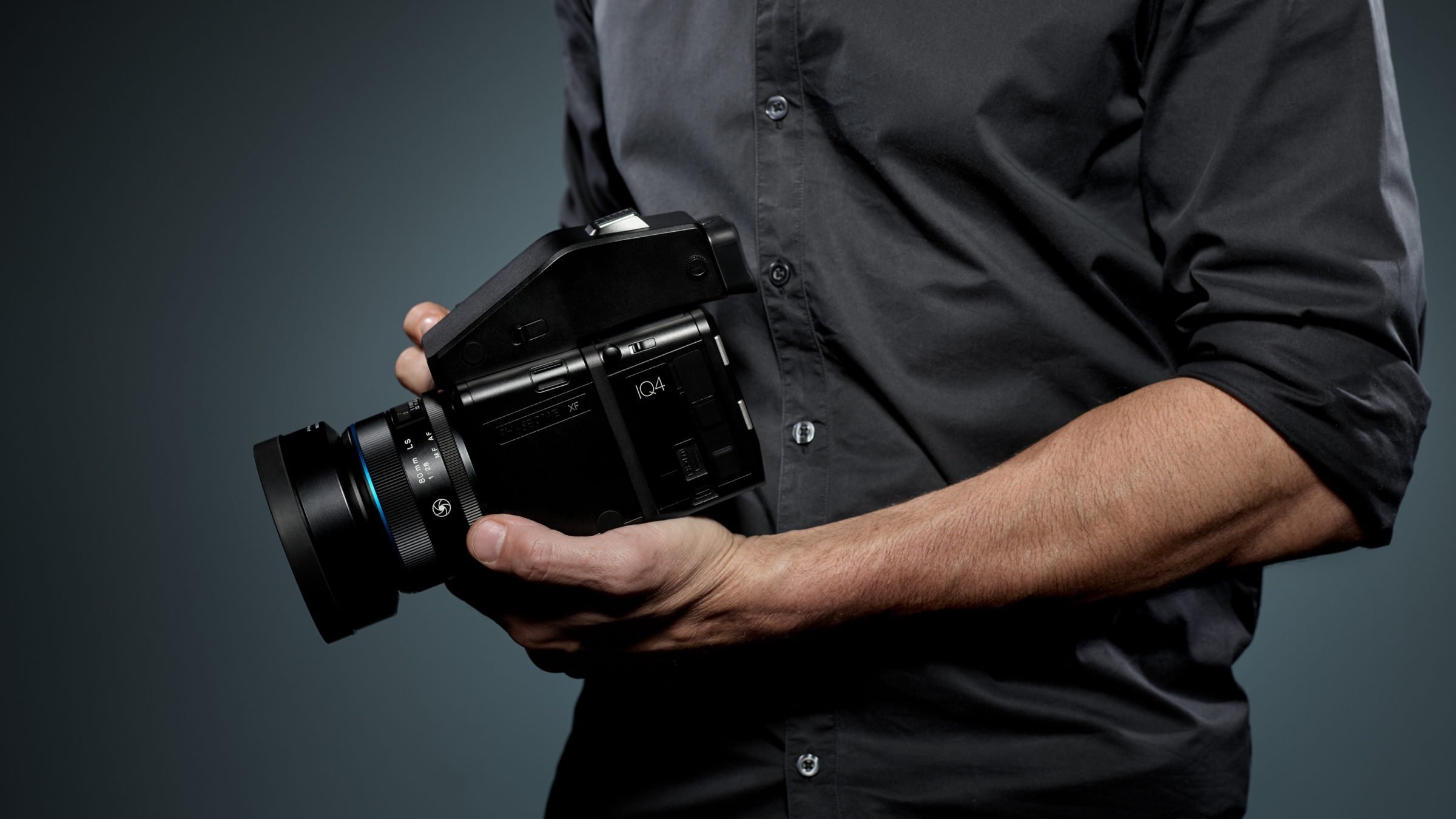

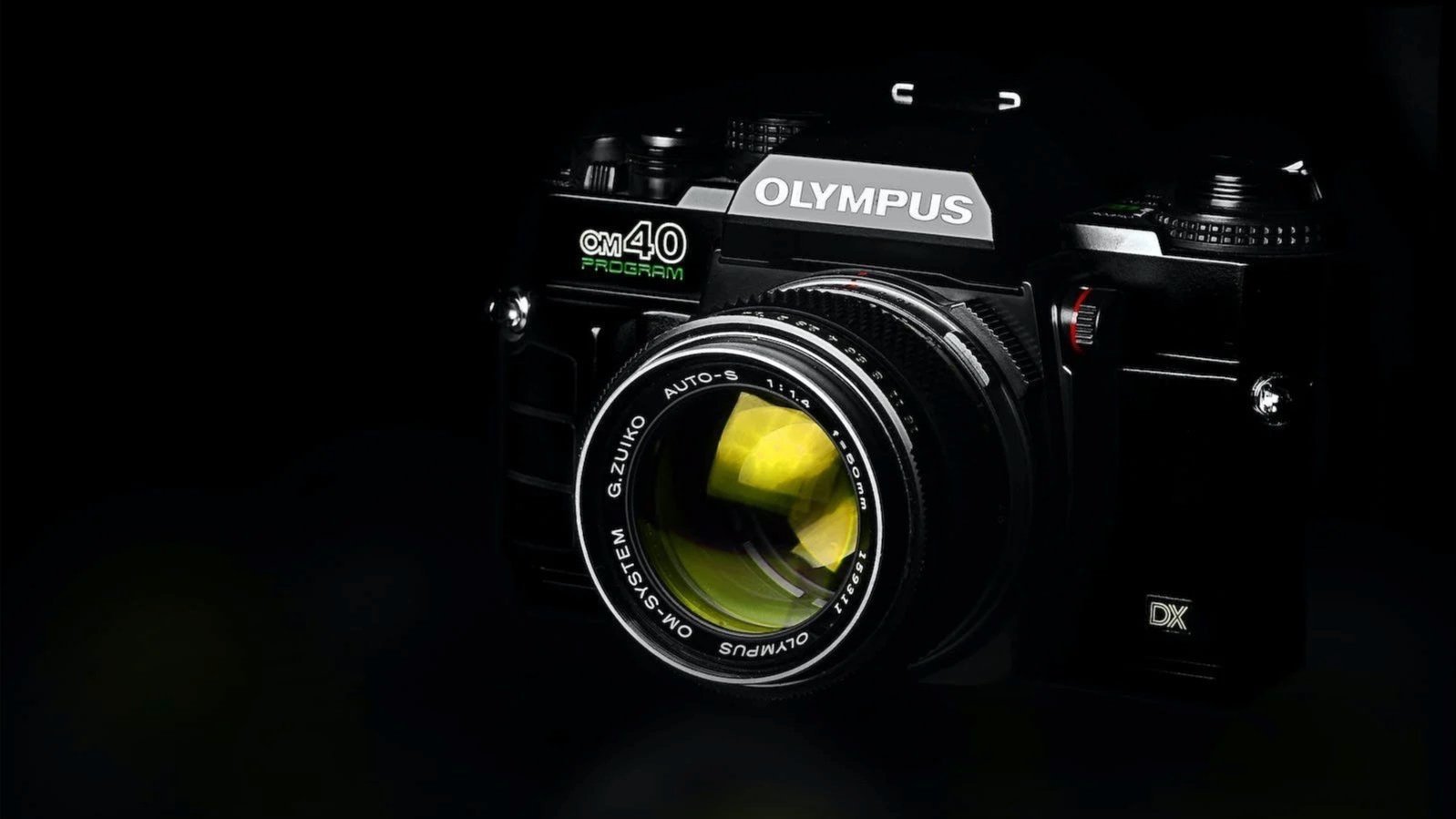
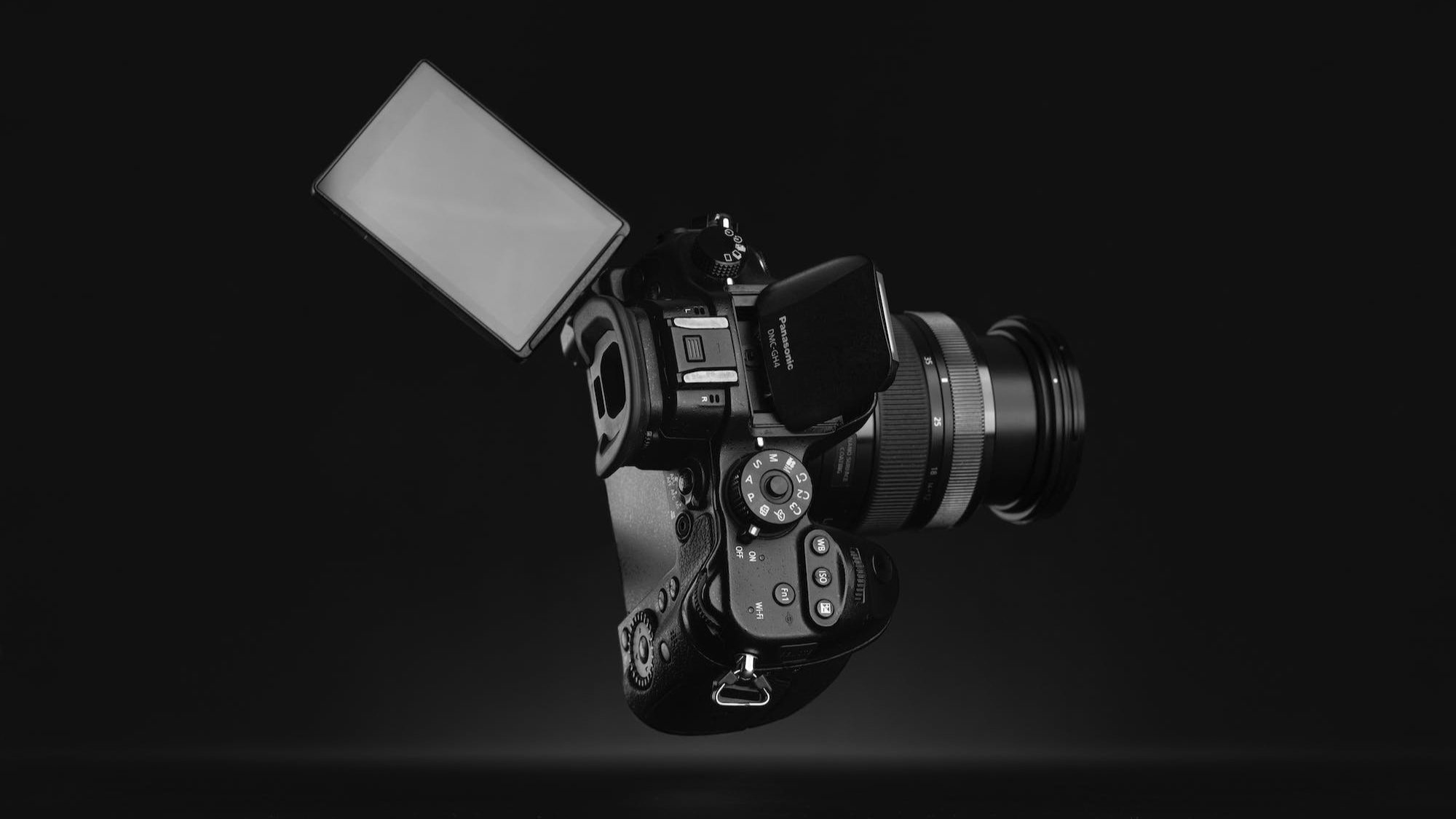





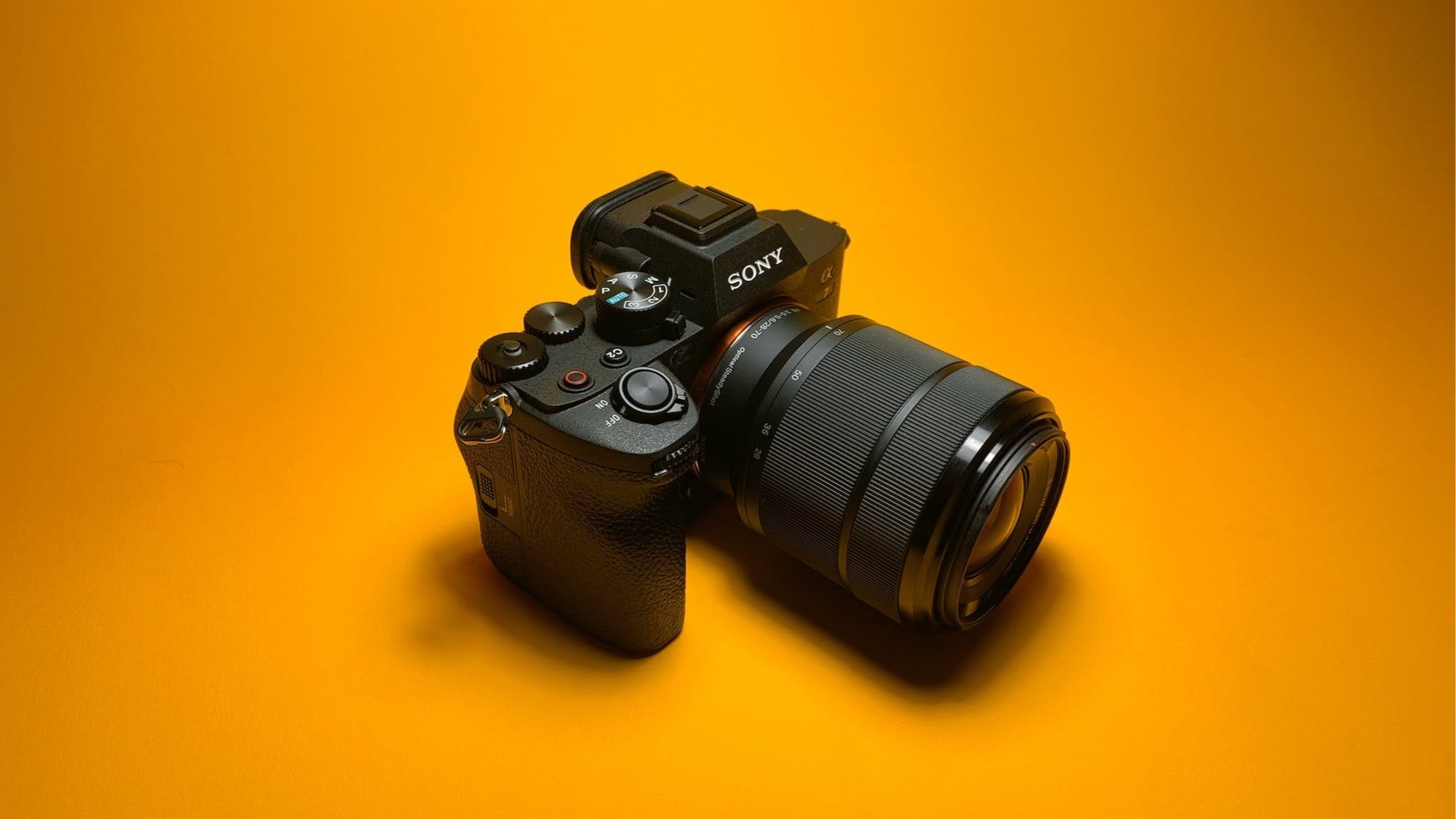
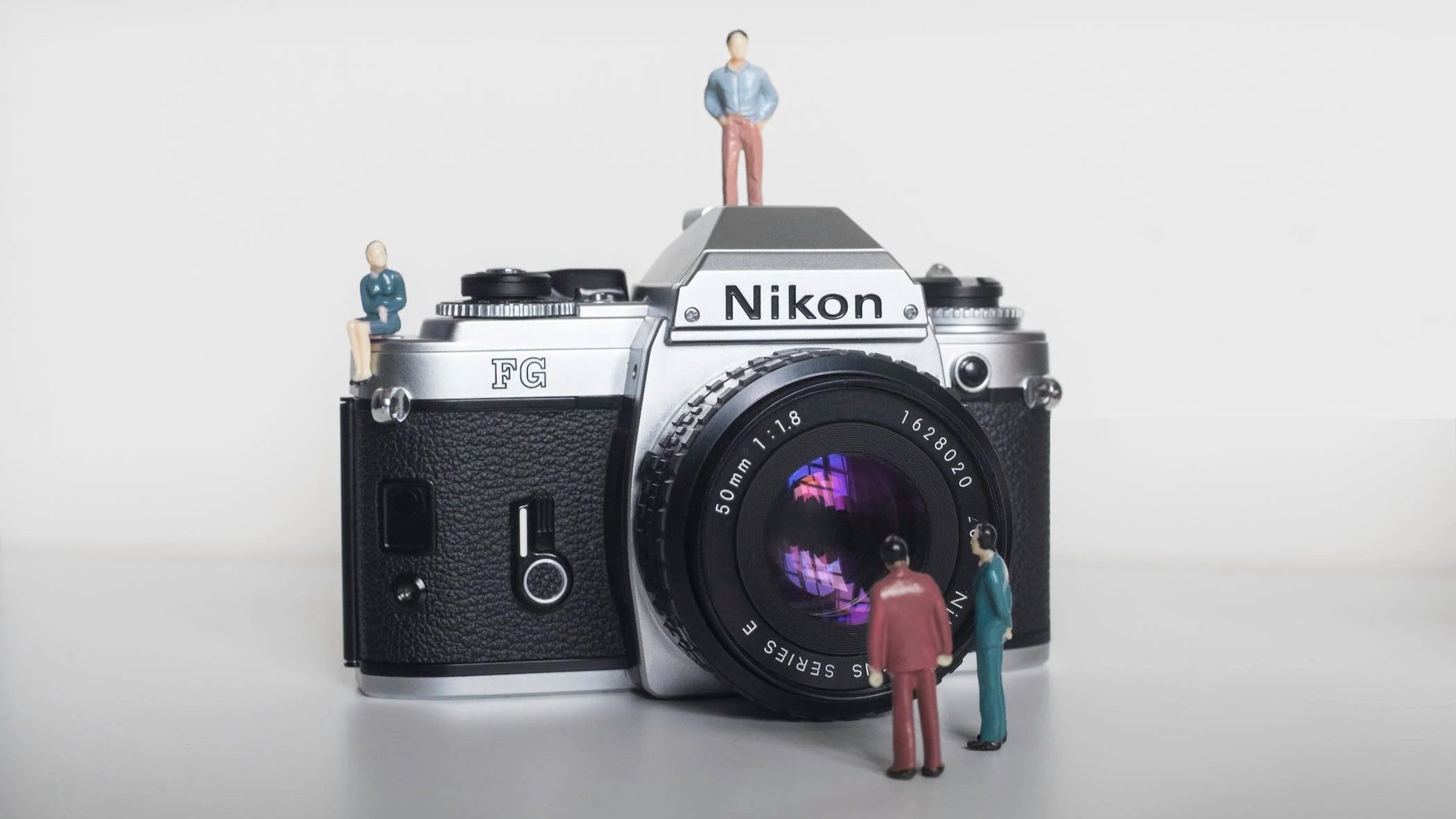
Lomography, a term and a movement that resonates deeply in the world of photography, represents more than just a style or a technique—it signifies a philosophy, a way of seeing and capturing the world. Rooted in a spirit of spontaneity, experimentation, and a celebration of imperfection, Lomography encourages …